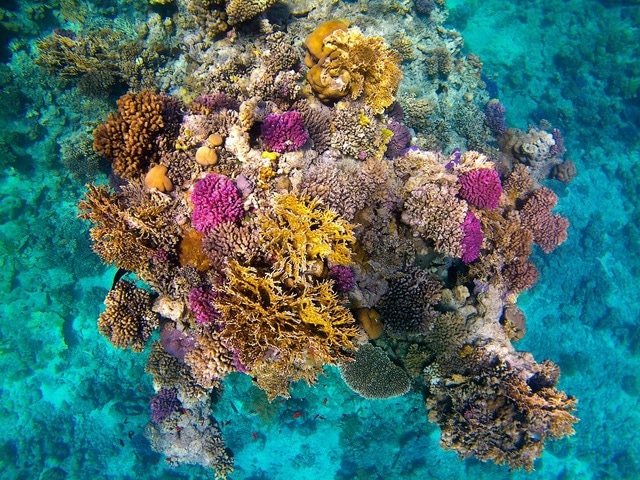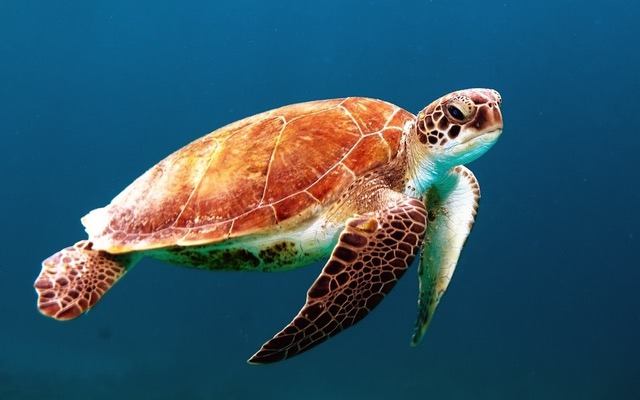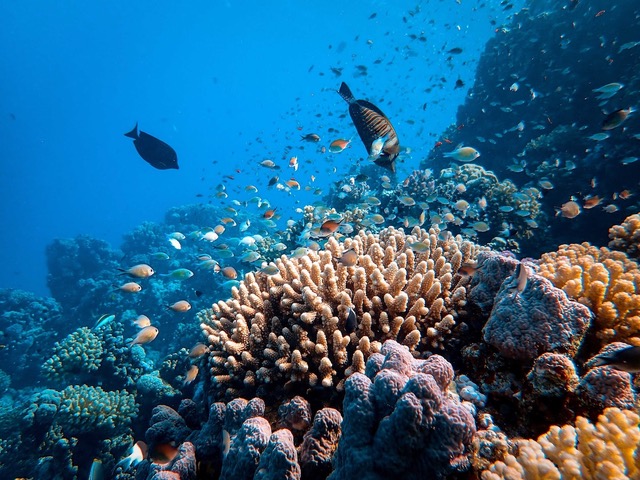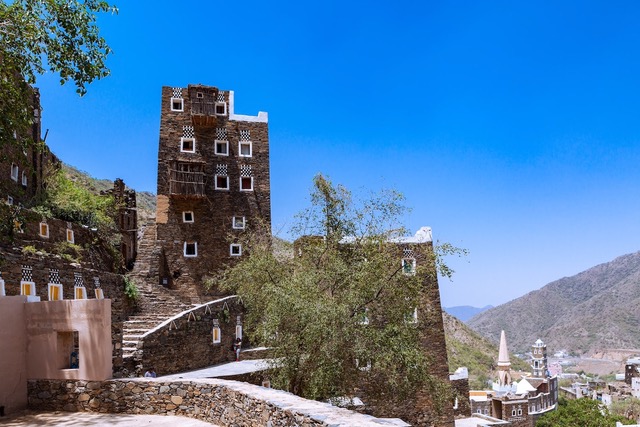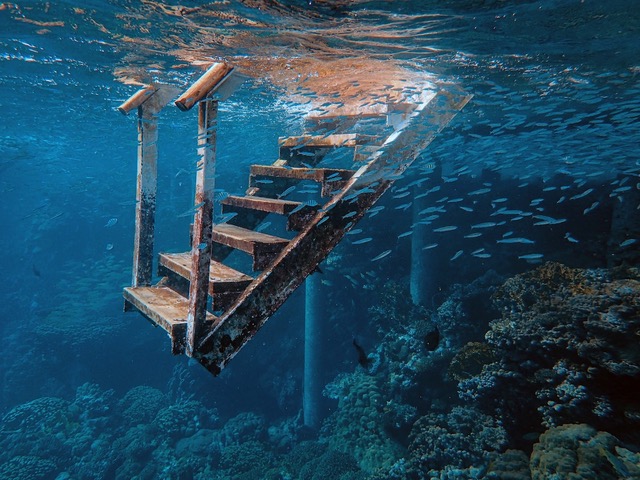News
6 Best places to go diving in Saudi Arabia
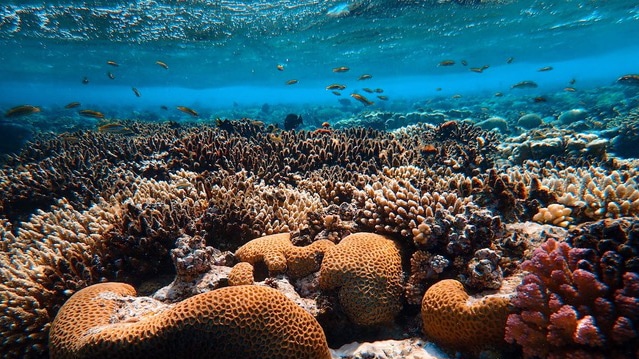
Saudi Arabia is a land of contrasts, rich in ancient history and dazzling cities with dramatic desert scenery throughout. It is one of the least-dived areas of the Red Sea and offers incredible diving among untouched reefs full of life. There are shallow reefs swathed in soft corals, deep walls and challenging wrecks to discover there. Boasting a wealth of reef and pelagic marine life, plus abundant sharks and mantas, Saudi Arabia needs to be on your diving wish list. Read on for our pick of the best places to go diving in Saudi Arabia before the rest of the world discovers this hidden gem.
Diving in Makkah
The Mecca Province, also known as the Makkah Province, is home to Mecca and the main port city of Saudi Arabia, Jeddah. This historically-rich area offers spectacular Red Sea marine life and is home to some of the best diving in all of Saudi Arabia. This is where most of the cities that offer scuba diving in Saudi Arabia are found.
1. Jeddah
The coastal town of Jeddah is Saudi Arabia’s best-known dive destination and offers fantastic wreck diving for all experience levels. As well as hosting famous wrecks, Jeddah has thriving reefs busy with vibrant Red Sea marine life.
There you will find the Ann Ann wreck, the biggest wreck in Jeddah. She sunk in 1977 and is a staggering sight, covered in soft corals. This is a challenging dive, but with the right conditions, you can start at the stern at 32 meters deep and work your way up to 5 meters at the bow.
The Boiler wreck is another one of Jeddah’s top dives, offering deep reef and wreck diving from 45 meters deep up to 15 meters. As well as the wreck itself, there are caves, a tunnel, and a reef wall covered in black, pink and bright red corals. On any given day, you have the chance to see sharks, manta rays, and large pelagic fish at this remarkable dive site.
These are just two of the many highlights of diving in Jeddah. You can go diving from shore at Jeddah’s luxurious resorts or explore further afield by day-boat diving. With a range of dive centers to choose from, Jeddah is an excellent place to get a scuba certification and experience some of the best Red Sea diving there is.
2. Farasan Banks, Al Lith
Al Lith, one of the largest seaports in Saudi Arabia, sits just south of Jeddah and is the gateway to one of Saudi Arabia’s best-loved dive spots; the Farasan Banks at Jabal Al-Lith Island.
Jabal Al-Lith Island is stunning; swathed in white-and beaches and surrounded by mangroves and thriving coral reefs full of marine life. This little island is fast-gaining the attention of tourists and is an unmissable dive spot.
At the Farasan Banks, you can enjoy diving in the light-filled shallows or explore the depths, which plummet down to 500 meters. It’s an excellent destination for novice divers and experienced technical divers alike.
The Banks are well-known for their diverse marine life and boast diverse corals, a mixture of Red Sea reef and pelagic fish, plus numerous sharks. White-tip reef sharks, grey reef, silky, and hammerhead sharks can all be found there.
3. Five Sisters, Rabigh
Another great city for diving, Rabigh sits between Jeddah and Yanbu and offers excellent coral reef diving. It is most famous for hosting the Five Sisters Reef: a series of five coral atolls just offshore from Rabigh.
The Five Sisters Reef is Rabigh’s most popular dive area and offers outstanding diving. This area is completely untouched, and each atoll has different underwater landscapes, including steep walls, plateaus, columns, and anemone beds. The dive sites are teeming with a wealth of reef life and are covered in corals. Added to that, schools of pelagic fish, hammerheads and mantas are often seen in the blue.
Diving in Madinah
The Madinah Region hosts another of Saudi Arabia’s top dive areas, Yanbu. This ancient port city north of Jeddah dates back to around 500BC and was an important rest stop for traders navigating one of the world’s oldest trade routes, the Incense Route.
Today, Yanbu is a major port and fast-growing tourist destination, surrounded by azure waters, gorgeous beaches, and untouched reefs. With access to areas such as the Seven Sisters Reef, Yanbu truly deserves its nickname ‘the Pearl of the Red Sea’.
4. Seven Sisters. Yanbu
Seven Sisters Reef is known for one thing – hammerhead sharks. This reef hosts these unmistakable sharks almost year-round and offers excellent reef diving as well. There are beautiful shallow coral landscapes to explore, plus plunging walls patrolled by schools of barracuda and snapper.
5. Abu Galawa, Yanbu
Abu Galawa is part of the Seven Sisters Reef and is an underwater world covered in corals and visited by numerous sharks, including hammerheads. It is one of the most rewarding dives of the Seven Sisters Reef system.
Diving in Tabuk
6. Tabuk
Tabuk Province is less well-known for diving than other areas of Saudi Arabia, yet it boasts the longest stretch of Red Sea coastline in all of Saudi Arabia. It is home to the Red Sea Project and NEOM, two impressive coastal development projects that will put Tabuk firmly on the map of enviable places to go diving in the Red Sea.
Go diving in Tabuk before the rest of the world discovers this dive area. You will be rewarded with crystal-clear, warm waters and pristine coral reefs few people have ever dived. If you like exploratory diving, Tabuk could be the place for you.
Kathryn Curzon, a conservationist and dive travel writer for SSI (Scuba Schools International), wrote this article.
Blogs
Explore the Wonders of the Coral Triangle with Buceo Anilao Beach and Dive Resort

Welcome to Buceo Anilao, a haven for divers nestled in the heart of the Coral Triangle. Immerse yourself in the perfect blend of relaxation and the renowned hospitality of the Filipino people.

Our lush gardens and premium amenities provide a sanctuary of tranquillity amidst nature’s beauty. Surround yourself with artistry and serenity, complemented by the vibrant colours of our resort.

Retreat to one of our 23 spacious and inviting rooms, each designed to provide a clean and relaxing environment, ensuring you are well-rested for the exciting diving activities that await.
The buffet breakfast and à la carte menu offer a wide range of appetising dishes, featuring a delightful fusion of local flavours and international cuisine.

At Buceo Anilao, we cater to every taste, making dining an integral part of the experience.

Get ready to explore the depths with confidence, thanks to our well-maintained equipment and knowledgeable staff. Our camera room is a sanctuary for underwater photographers, providing the perfect space to prepare and care for your gear.

Your safety is paramount. Trust our local dive masters to guide you through each dive, ensuring a seamless and enriching experience. Elevate your expertise with our diverse range of courses designed to enhance your diving skills.
Dive into a haven for macro photography, where every dive unveils a kaleidoscope of marine treasures. Encounter countless underwater species, from vibrant nudibranchs to elusive Rhinopias, amidst stunning coral reefs, muck sites, and other diverse underwater landscapes.
Elevate your diving experience with mesmerising night dives! Encounter rare marine wildlife for an unforgettable adventure.
Relax after your activities with a treatment in our spa, where therapeutic massage sessions and panoramic views provide the perfect way to unwind after your underwater adventures.
As the day winds down, enjoy a relaxed sunset session. Revel in the magic of Buceo Anilao with stunning views and refreshing drinks, concluding another memorable day in our diver’s paradise.

No need to travel far! Buceo Anilao is conveniently located near Manila International Airport, just a short 2.5-hour drive to one of the best macro photography destinations in the world. This is the top choice for underwater photographers who value diversity, convenience, and the ultimate resort experience! 😊

For bookings, email us at contact@buceoanilao.com or visit our website and social media accounts for more information:
Website: www.BuceoAnilao.com
Facebook: www.Facebook.com/buceoanilao
Instagram: www.instagram.com/buceoanilao
Blogs
Your Personalised Dive Adventure in Pemba Island, Tanzania

Discover Pemba Island—Tanzania’s Underwater Paradise!
 Join Fun Divers Zanzibar, the local PADI Dive Resort, and explore the pristine waters of Pemba Island with our exclusive Dive & Stay Packages for 2025. Book now to save 15% on packages and PADI courses from February to November. Immerse yourself in an underwater adventure that reveals the best of Tanzania’s stunning marine life.
Join Fun Divers Zanzibar, the local PADI Dive Resort, and explore the pristine waters of Pemba Island with our exclusive Dive & Stay Packages for 2025. Book now to save 15% on packages and PADI courses from February to November. Immerse yourself in an underwater adventure that reveals the best of Tanzania’s stunning marine life.

Email: info@fundiverszanzibar.com / Call: +255 773 116 436 / Web: fundiverszanzibar.com/diving-pemba-island
Why Pemba Island?
Pemba Island is renowned for its untouched underwater world and extraordinary dive sites, featuring a mix of wall and reef dives suitable for all certification levels. Home to vibrant marine life and breathtaking underwater landscapes, Pemba is a bucket-list destination for underwater explorers.

Email: info@fundiverszanzibar.com / Call: +255 773 116 436 / Web: fundiverszanzibar.com/diving-pemba-island
Why Choose Fun Divers Zanzibar?
We are the first locally owned PADI Dive Resort in Zanzibar and Pemba Island. Our professional team consists of experienced Zanzibari divers who grew up as fishermen, giving them unparalleled knowledge of the area’s reefs and marine life. Dive with our local PADI Pros for an authentic, unforgettable experience.

Email: info@fundiverszanzibar.com / Call: +255 773 116 436 / Web: fundiverszanzibar.com/diving-pemba-island
What We Offer
*Tailored adventures: Experience personalized dive plans with flexible schedules, catering to all experience levels and small groups, ensuring dedicated attention from our expert local PADI Pros*
*Top-tier equipment: Free rental of high-quality dive gear from Scubapro and Mares*
*Adaptable tanks: 12-liter aluminum cylinders compatible with both Yoke and DIN valves*
*Idyllic setting: Our brand-new dive center is located on the serene Mkunguni Beach, offering 5 cozy garden-view rooms for a peaceful retreat*
*Delicious dining: Enjoy local and international cuisine at our beachfront restaurant, with meals starting at just 10 USD*

Email: info@fundiverszanzibar.com / Call: +255 773 116 436 / Web: fundiverszanzibar.com/diving-pemba-island
Seven Reasons to Dive With Us
*Green Paradise: Pemba Island’s lush vegetation creates a unique, refreshing climate*
*Big Fish Encounters: Pemba Island‘s extensive coral formations, underwater mountains, and steep coral walls offer excellent opportunities to spot large pelagic fish, especially for experienced divers*

What’s Included in Your 2025 Dive & Stay Package
*Complimentary scuba refresher course*
*Personalized dive guidance from expert local PADI Pros*
*On-site accommodation with breakfast*

Affordable Pricing
Spaces are limited—don’t miss this chance to dive into adventure and uncover the wonders of Pemba Island!
Book Now!
📞 Call: +255 773 116 436
📧 Email: info@fundiverszanzibar.com
-

 News3 months ago
News3 months agoIconic SS United States to become the World’s Largest Artificial Reef
-

 Blogs2 months ago
Blogs2 months agoScubaverse Christmas Gift Guide 2024: Day 4
-

 News2 months ago
News2 months agoSanta Divers take the Plunge for Charity
-

 Blogs2 months ago
Blogs2 months agoScubaverse Christmas Gift Guide 2024: Day 1
-

 News3 months ago
News3 months agoDiscover Turquoise Divers and Media Luna Beach & Dive Resort: A Premier Diving and Relaxation Destination in Roatan
-

 Blogs2 months ago
Blogs2 months agoScubaverse Christmas Gift Guide 2024: Day 5
-

 Blogs2 months ago
Blogs2 months agoScubaverse Christmas Gift Guide 2024: Day 2
-

 News3 months ago
News3 months agoToucan Diving at Plaza Beach and Dive Resort Bonaire Introduces PADI Mermaid Training


